Know Your Lore: The Horde at the beginning of World of Warcraft
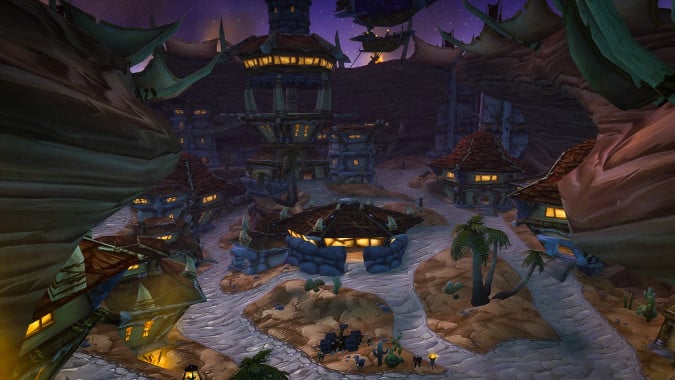
When last I wrote a KYL for you all, I talked about the state of affairs on Azeroth at the start of World of Warcraft. Four years had passed since the mortal races banded together to stop the Burning Legion atop Mount Hyjal. We saw how the Alliance formed, how each race — Humans, Night Elves, Dwarves and Gnomes — came together in the face of the changed state of the world to provide a common defense, and how they were affected by its own internal politics.
This week, we turn our attention to the Horde. Led by Warchief Thrall, son of Durotan, the organization bore an old name but sought a new path. No longer demon-addled, they sought a path of coexistence with Azeroth and harmony with the spirits and elements. But many saw the Orcs as the bloodthirsty invaders who stormed through the Dark Portal unprovoked to burn Stormwind and treacherously kill Anduin Lothar atop Blackrock Mountain. The Alliance saw the allies the Orcs had collected — once-cannibalistic Trolls and bestial Tauren — as little better.
Once Thrall chose to allow the Forsaken to join the Horde, the Alliance’s attitude became outright loathing. The Horde had an uphill battle if it intended to prove it was different than the Horde of Blackhand and Doomhammer.
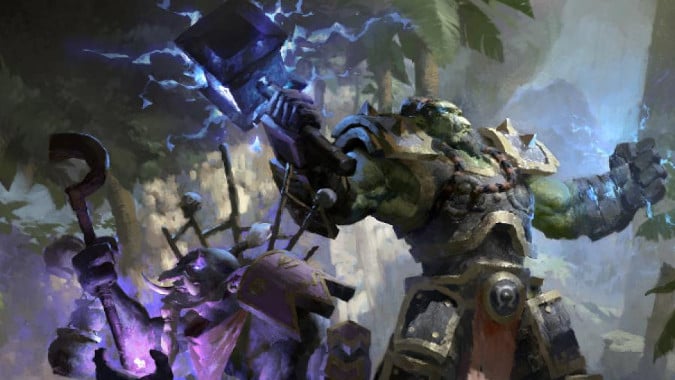
The Orcs of Durotar
This wasn’t helped by Thrall’s decision to settle his people in a new city he named Orgrimmar. To Thrall and many other Orcs Orgrim Doomhammer was a hero who helped liberate them from the internment camps where cruel Humans like Aedelas Blackmoore tormented them. Some Humans might argue the Orcs deserved worse, and that’s the problem the Orcs faced as they tried to honor their their history while seeking a new path. Some of their greatest leaders and warriors had the blood of the invasion on their hands, and were complicit in their people’s fall under the sway of the Legion.
But without those leaders the Orcs wouldn’t have been free to fight when the Legion returned. Take Grommash Hellscream as an example. Without him, the Orcs might never have drunk the blood of Mannoroth, but Thrall would likely have never found the Frostwolves, learned who he was, become a Shaman, or freed his people. Without Hellscream’s weakness, his people wouldn’t have fallen again under the Legion’s sway and killed Cenarius, but without his strength, Mannoroth wouldn’t have been slain. It was a dichotomy that affected the Orcs greatly.
And Thrall’s decision to settle in the land he named Durotar — an inhospitable place with Night Elf lands to the north and the Humans of Theramore to the south — didn’t help. The Orcs had been forced to deal with Admiral Daelin Proudmoore and his Kul Tiras loyalists, jeopardizing the fragile peace worked out with Jaina Proudmoore. The Orcs were ranging north to cut trees to build settlements in Durotar and the Barrens — which were, it must be admitted, not exactly rich in lumber — and coming into conflict with the Night Elves in the process.
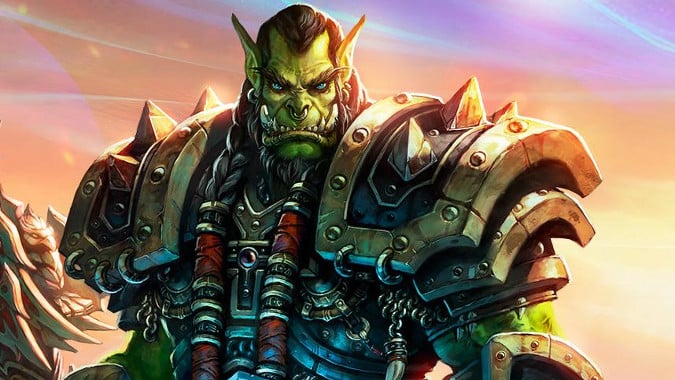
As World of Warcraft started, Thrall was in an unenviable position. He was an Orc Warchief, feared for his battle prowess and skilled at commanding the power of the elements. But Thrall had been raised by Humans and his idea of Orcish society was an idealized one — he found himself navigating the intricacies of actual Orc culture. He had to deal with Burning Blade cultists, balance expansion against the complications it brought, convince his people to embrace a new way of life when it was harder than simply falling back on the ways of Ner’zhul, Gul’dan, and the Warchiefs of old and taking what his people needed by force. What we know as the past was still in the future for the Orcs and their young and idealistic Warchief, who had no way of knowing what his people would face.
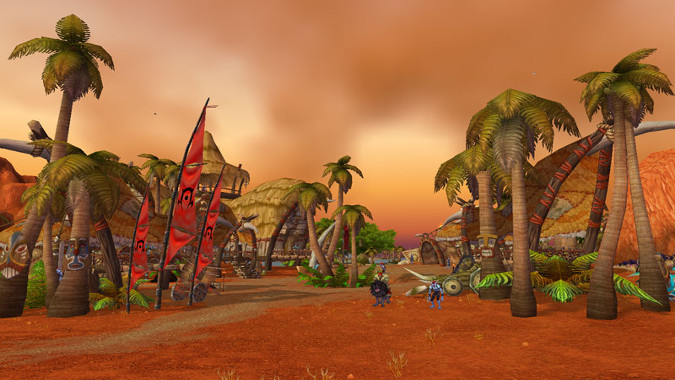
Vol’jin and the Darkspear
The Trolls of the Darkspear Tribe had joined the Horde because the Orcs had freed them from attacks by Humans, Murlocs, and a Naga Sea Witch. After the death of his father Sen’jin, Vol’jin embraced the Horde and led his people in the defense of the Echo Isles against Daelin Proudmoore and his loyalists.
But all was not well with the Darkspear, because Vol’jin did not see the treachery that lay in the breast of one of his oldest friends, Zalazane. Unsatisfied with Vol’jin’s leadership and the Horde — under which the Darkspear had abandoned the eating of sapient beings and other old rites — Zalazane decided to overthrow Vol’jin and began enslaving many of the tribe. Unwilling to lose more of the few Darkspear who’d made the trip to Kalimdor from the Darkspear Isles, Vol’jin chose to abandon the Echo Isles and move his people to Sen’jin Village, a small but secure settlement south of Razor Hill in Durotar.
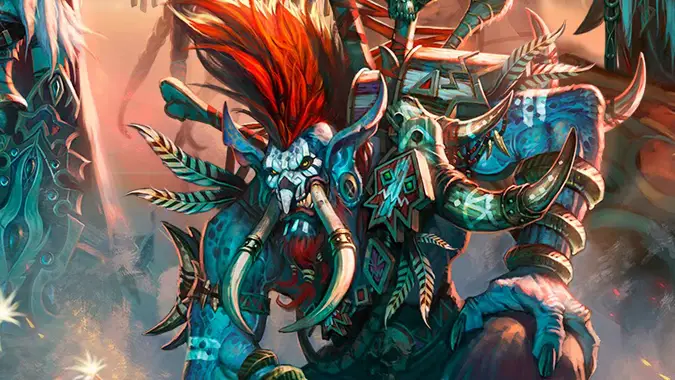
The Darkspear Trolls found themselves in reduced circumstances come the start of World of Warcraft. They had helped defend the Horde against the Legion and against Proudmoore, but now they were a bedraggled band of outcasts who’d lost two homes within four years. Their fortunes would rise, but not until after Vol’jin finally stopped trying to be his father and led as himself, a time that was yet to come.
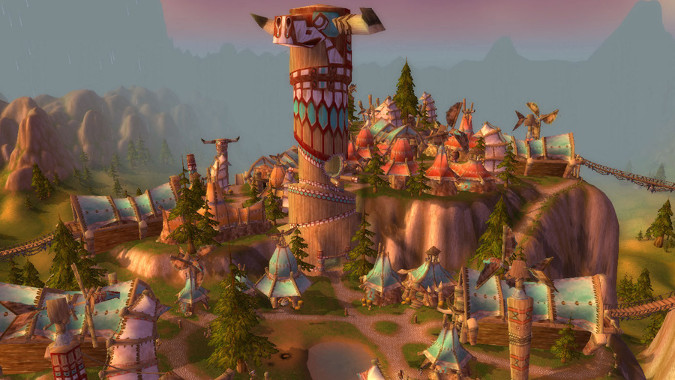
The Tauren of Mulgore
When Thrall found the nomadic Tauren, they were roaming the Barrens with no settlements to speak of. They were constantly harried by the faster and more aggressive Centaur. Though a Tauren is more than a match for a Centaur, the Centaur weren’t interested in a fair fight — instead, they killed all the prey animals to make sure the Tauren would starve.
By the time of World of Warcraft the Tauren had proven themselves to the Horde. Thrall’s help against the Centaur gave them the breathing room to found Mulgore as a safe refuge well away from their Centaur foes. In return, Chieftain Cairne Bloodhoof aided Thrall and the Horde. Cairne helped Thrall capture Grommash Hellscream and purify him of the demon taint. He stood against the Legion atop Mount Hyjal. He defended against the Humans of Theramore. It was even the influence of Tauren elders like Hamuul Runetotem and Magatha Grimtotem that convinced Thrall to allow the Forsaken to join the Horde.
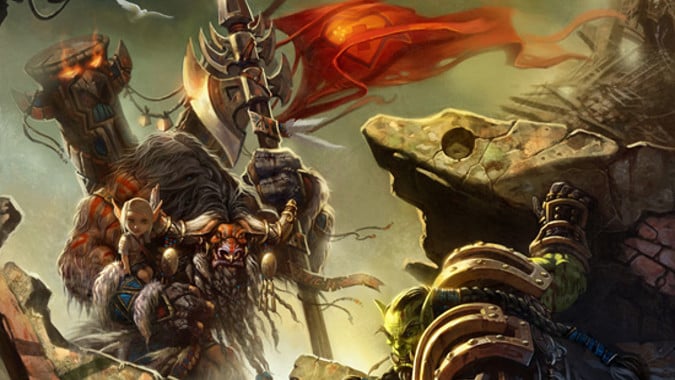
It seemed the Tauren had become the spine of the Horde, forming the backbone that held the other factions together. Some whispered that Cairne had gone too far, too fast as he created Thunder Bluff and settled not just his Bloodhoof but indeed all interested Tauren atop its heights. These isolationists (many of them Grimtotems) argued that the Shu’halo were a proud, independent people who had never needed outsider aid before Cairne — and didn’t need it now. These Tauren saw Orcs and Trolls as their inferiors, not to mention races like Night Elves or Humans. Still, most of the Tauren recognized the debt they owed Thrall and the Horde. Cairne’s popularity was high and his decision to join the Horde was not challenged by many.
Cairne knew not all loved him — he certainly had Magatha Grimtotem and her tribe watched closely — but at the start of World of Warcraft, despite his great age, it looked like the Old Bull would reign for many years to come.
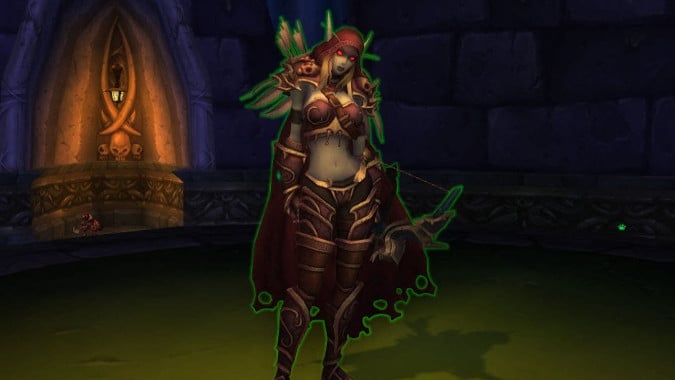
And the dead keep it
All these groups made their homes on Kalimdor, where they primarily had to deal with their own concerns. The Orcs were barely scratching out a living in the desert, the Trolls were dispossessed from their island home, and the Tauren seemed serene and unassailable though divisions were beginning to rear their ugly heads.
The Forsaken were different in all respects. They were isolated in the ruins of Lordaeron, surrounded on all sides by potentially hostile forces — the Blood Elves of Quel’Thalas, the Dwarves of Menethil Harbor, and the Humans of Southshore and Arathi. The fall of Lordaeron and the retreat of Gilneas, Dalaran, and Kul Tiras had greatly weakened Human power in the area, but the rising Kingdom of Stormwind still saw the Eastern Kingdoms as Humanity’s bastion. Even with King Varian Wrynn missing, many Humans remembered how the city had welcomed them as refugees from the Horde. For that matter, many of the people of Stormwind themselves were now refugees from Lordaeron, and the city looked to return the favor and restore them to their homeland.
This was the situation that Sylvanas found herself in. While a nearly fanatically loyal populace supported her, they were surrounded on all sides and limited in terms of how they could reproduce. Without allies and support they were almost certainly doomed. Sylvanas could offer the Horde much — a safe port in the Eastern Kingdom lands controlled by the Forsaken, including the remnants of Lordaeron’s navy (in years to come the Forsaken navy would grow powerful enough to invade Gilneas), and more importantly, a means to challenge Alliance dominance on its own shores instead of always fighting in Kalimdor.
But Warchief Thrall wasn’t seeking conflict with the Alliance. He didn’t accept the Forsaken in order to provoke them. He did so out of compassion, motivated by those like Hamuul Runetotem and Magatha Grimtotem who argued that the Forsaken were as much victims of the Scourge and the Legion as anyone — they deserved a chance to make some kind of existence for themselves. Thrall chose to view the Forsaken in that light and so Sylvanas and her Forsaken found the means to survive and hold their territory, and in time expand it.
As for the loyalty of her own people, none at that time could foresee Varimathras’ betrayal. It seemed suicidal for him to work against Sylvanas when the Forsaken as a whole seemed so utterly loyal to their Dark Lady.
The Horde united
This was the state of the Horde as World of Warcraft began. The cracks that would form in within the faction were yet to show. The Orcs had not yet decided that Thrall’s way was not tenable, the Trolls had not yet retaken the Echo Isles, Cairne was years away from his death, and Sylvanas still seemed utterly in command. The future for the Horde would see expansion and reversals, and both the rise and fall of new heroes.
But none of that had happened yet. Four years after the Legion had been thwarted, the Horde looked out at a world it still felt outcast from and decided to make a home for itself. This was a Horde utterly unlike the one before it; a Horde made up of four disparate peoples united to help one another. Ironically, it was as much — or more of — an alliance than the Alliance itself.
I’m not sure what my next KYL will be. We’ll see when we get there. Leave suggestions in the comments, if you want to, I’m always curious what you’re interested in.
Please consider supporting our Patreon!
Join the Discussion
Blizzard Watch is a safe space for all readers. By leaving comments on this site you agree to follow our commenting and community guidelines.
 @MatthewWRossi
@MatthewWRossi




